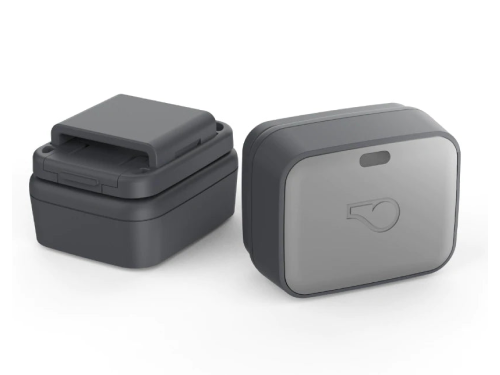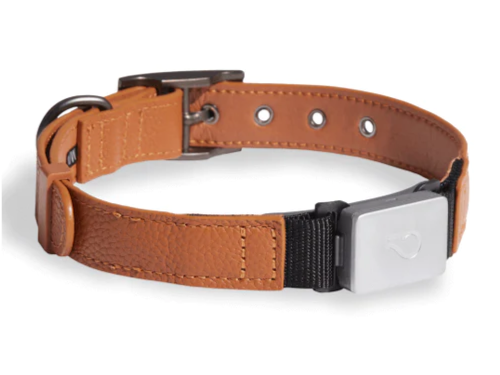How to Protect Your Dog During Tick Season

Now that we’ve made it to summer, we have something else we have to contend with besides the heat and humidity: ticks.
Ticks aren’t found everywhere. They thrive in the Mid-Atlantic states, living in the same woods as the mice, birds and deer that the ticks use as hosts. They also like to hide in overgrown grass, leaves and low brush, and can easily attach to you or your pet when you walk through it.
We had a chat with Dr. Elizabeth Shines about how to best take care of your dog if you live in an area overrun with ticks.
Dr. Shines, who has worked with The Pet Insight Project for two years, has been in small animal practice for over a decade. “I have a love for all pets, have fostered and found homes for 32 kittens, and I have a soft spot for bully breeds. I enjoy educating pet parents about the importance of preventative care, nutrition, and I have a special interest in the health management of senior pets.” Dr. Shines has a house full of pets herself: a ‘tripawd’ miniature poodle (Leo), a German Shepherd mix (Addie), two cats (Newton and Middleton), and a pair of chickens.
Read on to see what advice Dr. Shines has when it comes to your pets and ticks.
1) Know where the ticks like to hang out
- ES: “The biggest way to protect your dog during tick season would be to avoid the areas where ticks are, if possible.”
2) Buy tick protection
- ES: “The next best practice would be using a product for ticks. Most tick products are about 98% efficacious, meaning they repel about 98 out of 100 ticks that could attach to your dog, which is about as good as it gets.”
- ES: “Ticks are voracious, and they are a species that has evolved over millions of years to be successful, and they are. If they are hungry enough, your tick product may not get rid of every single tick. If you’ve got a really heavy tick issue where you live, you can speak with your veterinarian about using multiple products.”
- ES: “There are tablets. They don’t work so much as a repellent, so the tick will still get on your pet, but the tablet will kill the tick fairly well once it bites.”
- ES: “There are topical products. They tend to work more as repellents and then if the tick does bite your pet, it will still kill the tick. Then there are collars and they tend to work in the same fashion as topical products.”
3) Tick check once you come back from a walk
- ES: “Check your pet over every day. Run your fingers over their entire body. Don’t forget to look in between their toes, around the base of the nails, in the ears, around the genitals and around the snout. They’ll go anywhere.”
4) Talk to your vet
- ES: “Ask what your dog needs, like a Lyme vaccine. Lyme is present in certain regions of the country and pretty uncommon in others. So, your local vet will best know whether your pet should be vaccinated for Lyme or not.”
5) You found a tick: now what?
- ES: “If you find a tick that is attached to your dog, always wear gloves to remove it. You can find good references online for how to remove a tick.”
- ES: “If you are uncomfortable removing the tick, call your vet and have them do it.
- ES: “If you do find an attached tick, you should call your vet to ask if you live in a region where tick-borne disease is a real concern and if any treatment is needed. Your local vet is going to know best if there’s anything that you need to do beyond removing the tick.”









